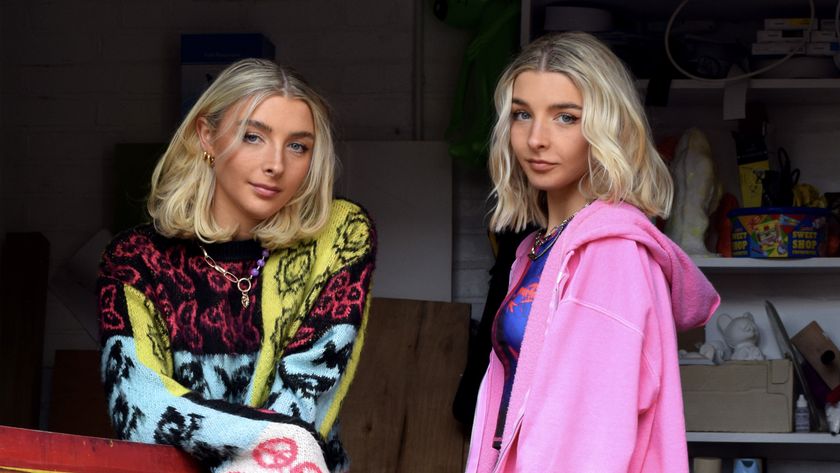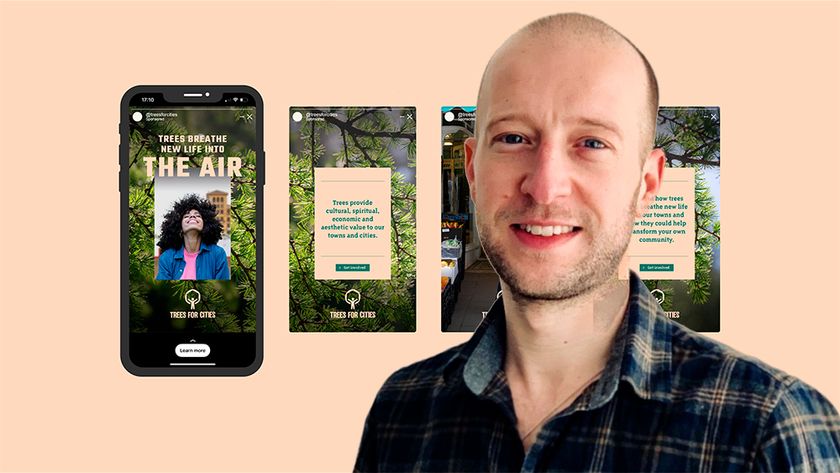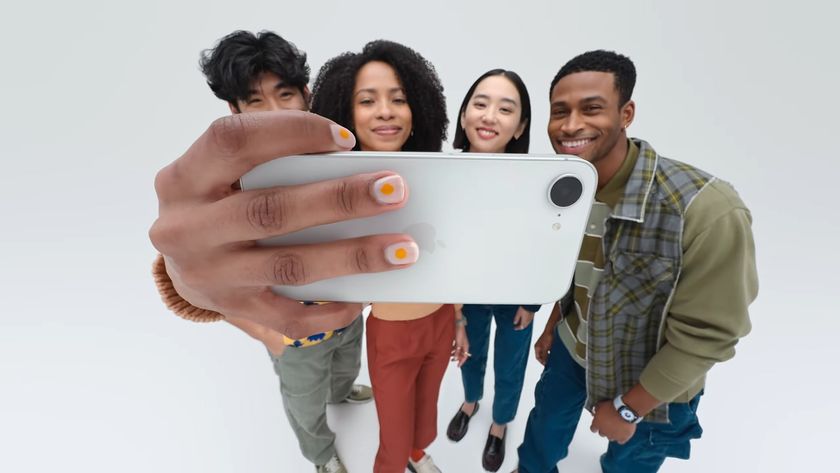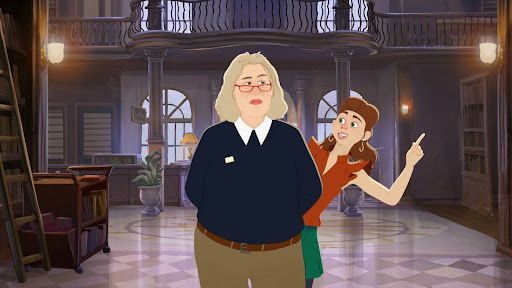The pro's guide to design internships
These tips will help you land your dream internship, get the most out of the experience and kickstart your career.
Getting your first design job will often be the biggest challenge you face in your career. A design internship can prove an invaluable stepping stone, helping you gain the real world experience and contacts that will land you your first position.
But getting an internship itself isn't easy, and nor is making the most of it once you're there. Follow these top expert tips, though, and you'll soon be on your way to kickstarting your design career. Make sure you also check out our guide to how to transform a design internship into a job.
- Read all our career-related posts here
01. Research, research, research

It's hugely important to do your research on a company before you apply for an internship. As well as swotting up on clients, projects, history and the like, make a list of questions you'd ask at an interview. These questions will make sure they know your expectations - and will help you grasp theirs as well.
This research will also prepare you for the size and strength of the design team (or the department you're interning in). Be prepared is the motto here.
02. Assess your finances
Can you afford an unpaid internship? Can you afford just expenses? Do you need a paid internship to make things viable? Or, if the studio of your dreams offers you an unpaid internship, can you scrimp, borrow and eat budget food for the duration?
The rights and wrongs of unpaid internships are a big talking point in the industry - but many are now paying, even if it is just a very minor amount. Obviously, though, the more flexible you can be, the more opportunities will open up to you.
That may seem earth-shatteringly unfair, but it's how things are, and you need to decide what you're prepared to sacrifice to advance your career. At the same time, you'll do no one any favours if you fail to turn up on day three of your internship because the ATM won't give you any money for your travelcard.
Get the Creative Bloq Newsletter
Daily design news, reviews, how-tos and more, as picked by the editors.
03. All about timing
You may not have considered the matter of when to do an internship as important. But it will certainly be beneficial to you to, and the agency at which you are interning, if you come on board at a time that, for example, isn't bang on deadline for the studio's biggest ever project.
Yes, you want experience of the pressure of a deadline, but you don't want your new 'colleagues' to be so engrossed in hitting the printer deadline that they don't have time to work you through a process. And we all know, when you're trying to get something important done there's nothing more frustrating than someone on your shoulder. So when you have your interview and you're asked if you have any questions for them, that might be a good subject to raise.
04. Wear the right clothes

Wearing the right clothes - once you have an internship - is vitally important to fitting in at an agency. Whilst a suit may be a little over the top, it's best to err on the side of smart if you're unsure.
Unless you discover something to the contrary, you shouldn't go wrong with smart jeans, a smart shirt or blouse and some nice shoes for your interview. Even better, drop the person who organised the interview an email and ask. You may be a student or recent graduate, but there's no need to reinforce the stereotype of scruffiness.
- Also read: Tips for design interview success
05. Don't be exploited
Once you start your internship, if you feel as though you're being exploited, say something. For example, there's nothing wrong with being asked to make the tea or going to pick up lunch for people, but if that's ALL you're getting to do, you're obviously not going to get much out of the experience.
You were asked to join the company because of your potential and skill as a designer, not because of your culinary and delivery boy skills. Remember you should be treated as an employee, not a servant. It can be difficult to say anything in these situations, but be confident and assertive and you will get more from your placement.
06. Get mentored
If you can, try to find a mentor at your internship. This will not only help you get to grips with what a particular day-to-day design role is all about and could even form a friendship that could lead to different roles and collaborations. Although forming these bonds can be very difficult if your internship is only a few weeks, do what you can because it can really help build your career.
Don't be afraid to ask someone directly if they will be your mentor - they'll have been in the same boat at the start of their career. Even if you say no, they may suggest someone else to approach. And if that doesn't happen, you still won't have lost anything.
07. Be part of the studio
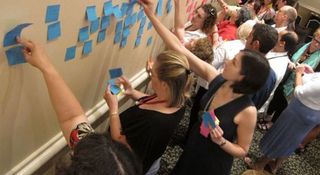
Make sure you approach creative directors and senior designers - or anyone you work with - in a professional, yet friendly manner. Creative directors will give away much more than you'd ever believe - they want to share their skills and pass on advice to a new generation of designers. Don't be afraid to be nosey, ask what you may think are obvious questions and above all, make sure you're learning new things, not just using skills you already possess.
08. Make time for regular meetings
It's very easy to get carried away during an internship, working on a project or trying to prove yourself. But, make sure you ask for regular meetings with different people in the studio.
Yes, people are busy, but they will give you time if you schedule it. It's important to get feedback to get an idea of how you are doing - and also to address any concerns you have in a more formal way.
09. Try and take away portfolio pieces
Easier said than done, but if you're interning and have been assigned a role on a certain project, try to think of it as not only a chance to impress the studio and the client, but also a chance to bulk out your portfolio with real-world pieces.
As long as you're honest about the part you played in the project, the studio will usually not mind you using it in your online portfolio or physical book. But do check with them first!
10. Stay in touch
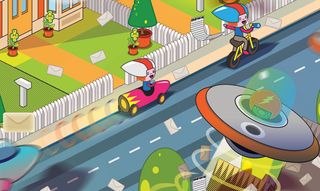
Make sure you stay in touch with the studio after you've finished your internship. Sure, you don't need to visit on a daily basis or send a Christmas card, but the odd email and promo mailer will certainly not hurt - and if you performed well during your internship there may just be an opening for you on a freelance, or even full-time basis.
Words: Rob Carney
Are you currently a design student? Then you need to read The Design Student Handbook, your definitive guide to breaking into the design industry. Created by the people who bring you Computer Arts, The Design Student Handbook is on sale now in UK stores and online.
Liked this? Read these!
- Illustrator tutorials: amazing ideas to try today!
- Brilliant WordPress tutorial selection
- Create a perfect mood board with these pro tips

Thank you for reading 5 articles this month* Join now for unlimited access
Enjoy your first month for just £1 / $1 / €1
*Read 5 free articles per month without a subscription

Join now for unlimited access
Try first month for just £1 / $1 / €1
The Creative Bloq team is made up of a group of design fans, and has changed and evolved since Creative Bloq began back in 2012. The current website team consists of eight full-time members of staff: Editor Georgia Coggan, Deputy Editor Rosie Hilder, Ecommerce Editor Beren Neale, Senior News Editor Daniel Piper, Editor, Digital Art and 3D Ian Dean, Tech Reviews Editor Erlingur Einarsson and Ecommerce Writer Beth Nicholls and Staff Writer Natalie Fear, as well as a roster of freelancers from around the world. The 3D World and ImagineFX magazine teams also pitch in, ensuring that content from 3D World and ImagineFX is represented on Creative Bloq.



